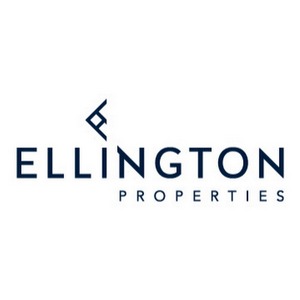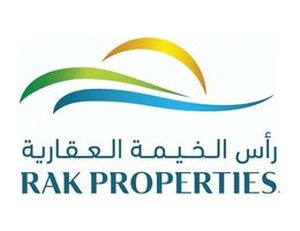
Cheap or affordable real estate includes apartments and villas with a price tag from between $54,400 to $136,000 and from $260,000 to 400,000, respectively.
On the surface, this seems to be a good deal for first-time investors or expats. However, affordability implies a list of characteristics that are important to be aware of when choosing real estate in UAE.
In this article, we’ll outline general aspects of the cheap real estate sector and some hidden pitfalls of buying such property.
After that, it will be your decision.
Contents:
Cheap real estate: what is this all about?
As we’ve already mentioned, cheap properties are housing units with the lowest prices. However, this is actually a generalization.
Housing affordability in Dubai or anywhere in the world depends on a number of factors.
Since it’s always important to outline any subject that one is conveying, we’ll also start with what we’re going to discuss in this article.
For convenience, we’ll first divide the entire UAE real estate market into two sectors.
The first sector is represented by new homes in the market. They are off-plan properties or newly built units that have not been sold yet.
The second sector is the existing market, including all homes sold by other owners, not developers or real estate brokers. This could be a new property purchased when the construction was underway and resold upon completion. This is also known as a type of real estate investment strategy, in which an investor buys a property not to use, but to sell it for a profit.
The division between these two sectors is crucial as we’re going to pay particular attention to the existing market – the second sector.
The new homes market is abundant in social housing and small-sized properties in unpopular locations.
It doesn’t make much sense to delve too deeply into it, since the overall picture can be described in several sentences.
For example, you need to find a cheap housing option as soon as possible because you’ve lost your home due to different reasons. Or you are a UAE citizen in need of a cheap place to live. Or you are a migrant worker unable to pay your home loan and cannot currently return to your homeland. Here, a cheap new home is what you need.
It’s possible to find fairly good and low-cost options. Although, if you’re an investor and want to capitalize on the real estate market or you’re an expat looking to buy a property, these options are not what you need.
Expats can take advantage of affordable loans to buy more expensive properties, while for investors this kind of investment will not turn profitable as there is limited demand for such housing.
We’ll look at mortgages a little more closely below. However, the overall picture seems to be clear. Buyers are in a winning position compared to investors who are unlikely to recover their money amid low demand.
Let’s get down to the existing market – the second sector.
Here, we will consider several categories of real estate.
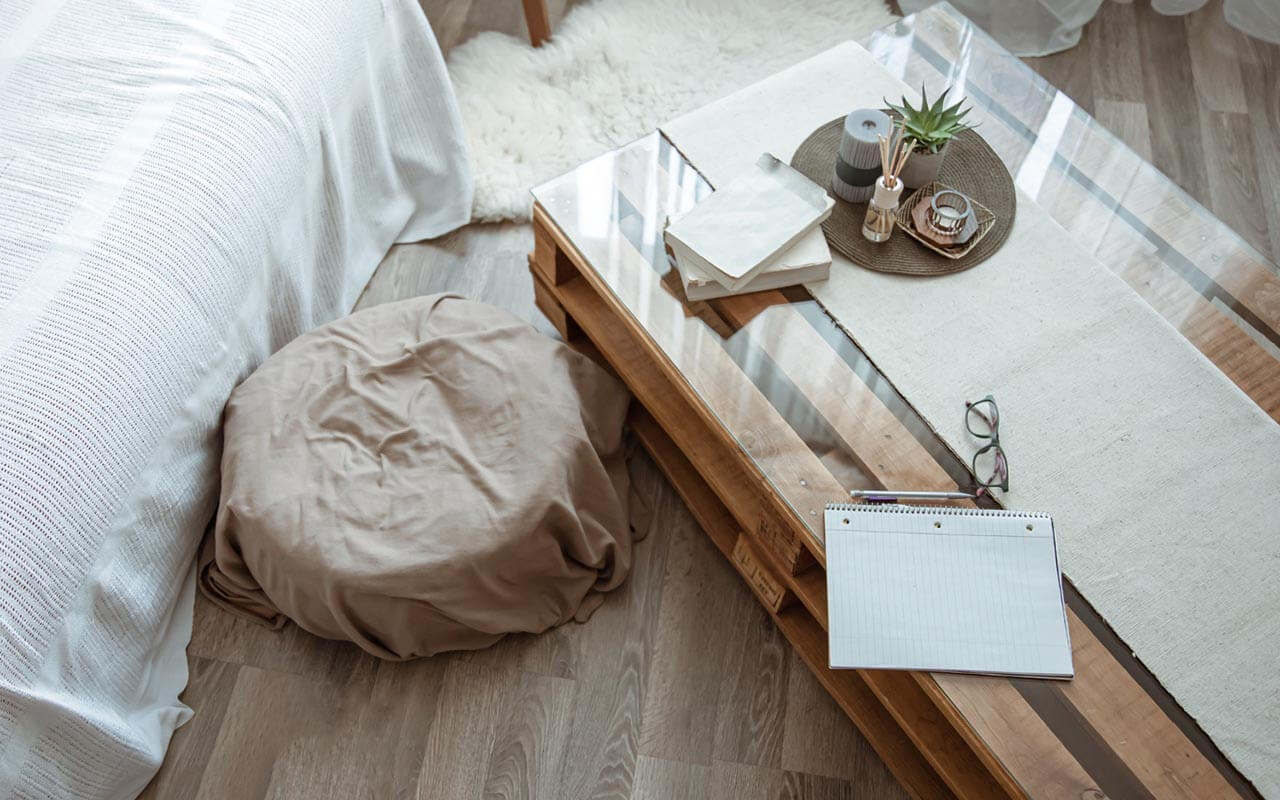
Homes in poor condition
Homes that are in a poor condition represent the largest share of housing stock in Dubai. During its 20-year history, heaps of various new properties have been built with most of the existing and circulating housing units being constructed 10 or 15 years ago. Some were even constructed before the Great Recession of 2008.
This type of housing is cheap because of the great housing supply which has plenty of homes for sale, far exceeding buyers’ demand.
Expats and investors are constantly in pursuit of newly built homes to buy, but old housing units make up the greatest chunk of unsold inventory.
From a developer’s point of view, housing with little demand is not taken seriously.
As a result, there is a stack of unwanted properties on the market.
Properties with reduced market value
This category includes any type of property that lost some of its value under certain market conditions. This can even be a luxury home that failed to sell due to low demand, which resulted in a subsequent lower price.
This is exactly what we saw in 2020 when luxury property prices fell across the board hitting an all-time low.
This situation is usually due to an incorrect forecast by the developer. For example, let’s take a hypothetical project for the construction of an upscale or conventional property unit launched in 2017. The tourism sector of Dubai was growing with up to 17,000,000 people arriving in the city annually. A promising new coastal area for construction was chosen.
This project was completed in 2021. However, the Covid-19 outbreak cut tourist arrivals to 5 million. As a result, there was no one willing to buy it. A few rich buyers took properties in either Dubai Marina or Palm Jumeirah.
This is the second-largest portion of cheap housing in the market.
‘Lipstick on a pig’ homes
This is a rhetorical expression meaning that someone making superficial or cosmetic changes is in fact trying to disguise the true nature of a product. This is exactly how it is in the real estate sector with property. When one looks past the eye candy of a home, one can see its many hidden problems.
Usually, you come across such real estate by chance. For instance, maybe while you’re scrolling through the listings in Dubai Marina, you come across a property that is 20%-40% cheaper than others.
In this instance, it would be worth investigating the reason for this pricing.
This doesn’t mean that all such listings are bad, especially since the government strictly regulates the construction sector of the Emirates.
It would be reasonable to ask for a real estate specialist to conduct a property valuation to identify the existing/hidden problems.
This kind of property can present itself in the real estate market in different ways.
For example, let's take Dubai again. The government ensures that the city’s under-construction projects are completed at any cost. Off-plan developments attract private investments and the government takes measures to protect investors’ money ensuring they get what they pay for.
However, the real estate market and developers could face various problems with contractors, construction teams or financing. The project might become unprofitable and be transferred to another developer who would find another contractor to complete it.
Going down that road, plans for a project might suffer some technical challenges as well.
While it is good to note that this type of property is still safe to live in, one would do well to remember that many aspects can reveal if it’s of a lower quality than the rest.
Property that sells badly
This category includes all properties that are not bad quality, however, developers, brokers and owners just don’t know how to sell them.
For instance, maybe a developer was grasping at the chance to come up with an experimental design that was popular when the project started, but by the time it was complete the property was no longer interesting.
Or perhaps, the property had some unique selling feature that no longer holds the same appeal and distinguishes it from others.
Simply put, this is an unpopular type of real estate you’d be fortunate to find.
So if you invest in real estate for profit, think twice whether this is a worthwhile investment, especially considering that the previous owners have failed to promote it on the market.
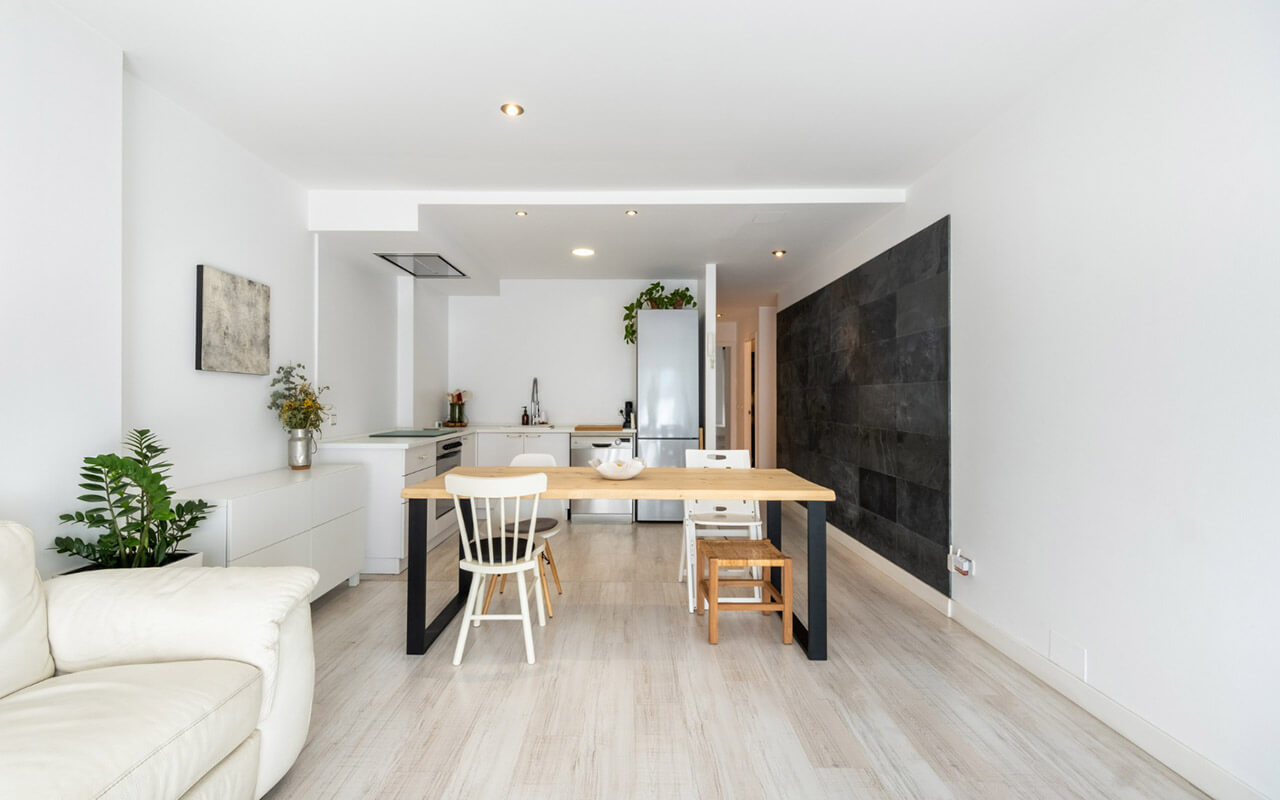
The pitfalls of buying cheap properties
Briefly summing up the above, there are existing properties and new homes.
The new homes market includes new builds that have never been used before. They are brand-new listings from developers or real estate brokers. You can find cheap units among them too. They were initially intended for the cheap sector but their low prices are a result of a lack of demand. Unless you’re an investor, it makes sense to consider them.
The existing market is presented with second-hand properties that can be divided into four categories:
- Properties in poor condition that no one wants to buy because of the limited demand, competitive market prices, and favorable mortgage terms prompt the creation of new projects of better quality.
- Cheaper properties due to market competition. The factors that reduce their market value include unattractive location, unpopular construction or design trends, etc. If you’re an investor, it’s wise not to bet against the market. However, if you’re competent at long-term investments and ready to sit still before the market changes then you can give it a try.
- “Lipstick on a pig” homes. This is a poor-quality property fixed up superficially to hide its defects, though it is suitable for normal use. It’s usually hard to sell, so only a professional real estate appraiser can find out what’s wrong with it.
- Property that sells badly. This type of property is bought by very few people because of various reasons. if you’re buying it for profit, you need to have a definite investment plan. Otherwise, it’s better not to venture into it.
Now let’s outline the pitfalls.
We won’t go into detail about the various reasons a person might need cheap housing.
Instead, we’ll look into several issues you might face as a buyer or investor, which will deter you from taking it.
From the perspective of a buyer
This is actually quite simple.
If you want to buy a cheap new home and are not ready to take out a loan or if luxury properties with the lowest price tags are expensive for you, this is the affordable housing sector for you.
You have your reasons for buying it, so we’re not talking about pitfalls here. Any cons regarding a particular property, you will find out with your real estate agent or broker.
If you’re interested in buying existing homes, then categories 2 and 4 we mentioned above won’t be a big problem for you. Of course, it’s best to make sure you won’t have any regrets later about compromising on some crucial points. And also, that you won’t face difficulties that would make living in such a property a nightmare.
Buying a property from the 3rd category is the worst-case scenario. It’s rather difficult to understand what exactly is wrong with it and to what extent this defective property could spoil your life. Therefore, you cannot manage without the help of several astute specialists to help find any hidden flaws. This will undoubtedly add to costs, apart from the property’s purchase price, transaction and paperwork fees, maintenance costs, and so on. Nevertheless, you still risk buying a home that does not suit you. You might not even know exactly what is wrong with it.
The 4th category is a property in poor condition. The older it gets the more maintenance costs you will have towards pay. It’s also necessary to consider the fact that residential developments in the Emirates are built together with entire neighborhoods, therefore, the old property usually includes the old district around it.
This area may end up being out-of-the-way. Especially when an ultra-modern cluster of villas emerge or an upscale residential complex with thousands of apartments and a variety of facilities and new infrastructure are built a couple of kilometers away.
When looking for a home to buy, this is some good advice to keep in mind. Apart from this, there’s nothing to worry about.
From the perspective of an investor
Take all the inconveniences and risks listed above and add the following:
- Mortgage. Let's take a closer look at mortgage loans. In July 2021, over 40% of all real estate transactions were made using a mortgage. The average loan amount increased by 24% over the year. The number of loan approvals rose by 5% in just a month and the down payment amount has decreased by 20%-25%. A mortgage is used for both the purchase of villas and the purchase of apartments. Yet, it all goes to the luxury or mid-tier market. Why?
- Prices. Among the top 25 luxury property markets in the world, UAE, Dubai in particular, was one of two destinations in 2021 where luxury property prices didn’t rise. They hit all-time lows in 2020. it was only in July that prices started to recover. Still, this was the case for villas growing by 13% and there are no signs that the pace of growth will persist. The next point makes things even worse.
- Oversupply. In spring 2021, Knight Frank surveyed the largest property developers in Dubai. It showed that they are going to add 62,000 and 63,500 new units to the market in 2021 and 2022, respectively. Several years ago, the figure was barely above 30,000. Developers continue to increase output so as not to slacken off and suffer losses. However, this excess supply squeezes real estate prices. For example, one million dollars in Dubai can buy property in London that is five times bigger. Add to this a decline in demand and you’ll see the grim reality.
- There are a handful of investors with new ones rushing in to buy new properties. As we mentioned above, there are currently 3 times fewer international tourists arriving in Dubai. The city welcomed just 5 million tourists so far this year, compared to almost 17 million tourists before the pandemic. This is the same story with migrant workers and investors. International investors have only recently come back to United Arab Emirates. However, they are mostly mass affluent newcomers, not the wealthiest ones. Currently, there are more than 10,000 overseas investors in Dubai. Considering the points mentioned above, they don’t even think about buying run-down properties. They’re only interested in brand-new units and the most popular areas of the city.
As you can see, the cheap housing sector is not a worthwhile investment.
Buying it for profit, you are most likely to get only marginal returns or barely predictable long-term returns.
Of course, this isn’t a comprehensive picture of the market. The construction sector in UAE is diverse and there are always exceptions. However, we think it’s reasonable to point out all the above potential problems and pitfalls to provide you with a better understanding of the market.
On the other hand, we’re not arguing for the inevitable failure of the investment in a cheap property. Only you can decide what is profitable for you.
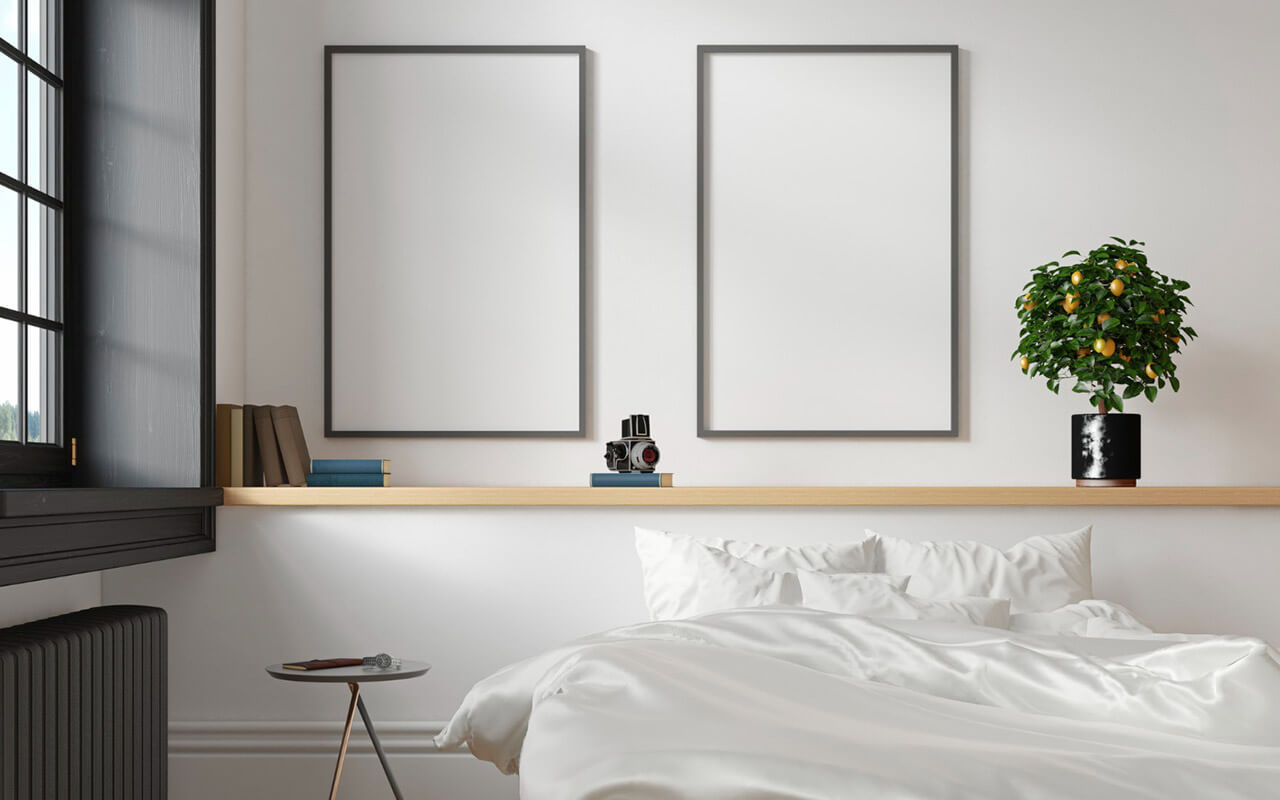
Conclusion
As we pointed out above, the purpose of this article is not to discourage you from investing in or buying cheap real estate groundlessly.
It would take a lot more effort, time and text. And even in that case, it wouldn’t be enough.
The bottom line is this article explored the negative aspects of this part of the market so that you might have a more in-depth understanding of it.
However, if you’re looking for a cheap property to live in, this is definitely not the case for you.
For home buyers, there aren’t so many negative aspects to consider. Still, there are some potential downsides one should look into. That’s why it’s always prudent to get some expert advice.
Meanwhile, a rough outline for investors is not the same. There are multiple potential risks where cheap property investment is concerned. However, this is not to say you can in no way cash in on this type of property investment.
In a nutshell, luxury villas and apartments will continue to be at the forefront of UAE real estate market in the next few years.
And while the existing homes market and completed properties are challenging the dominance of the new homes market and off-plan real estate, it’s worth turning attention to these sectors.





































